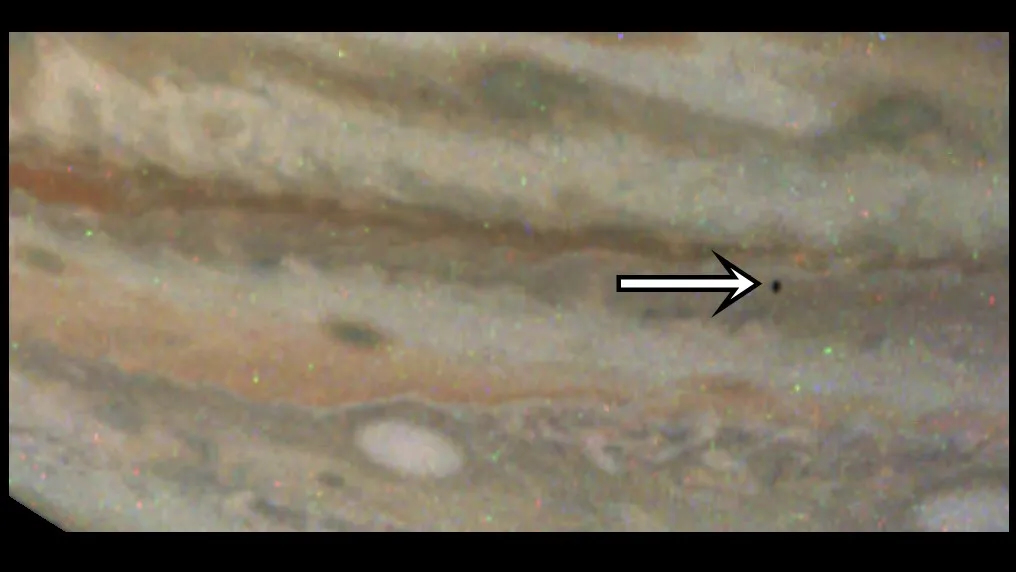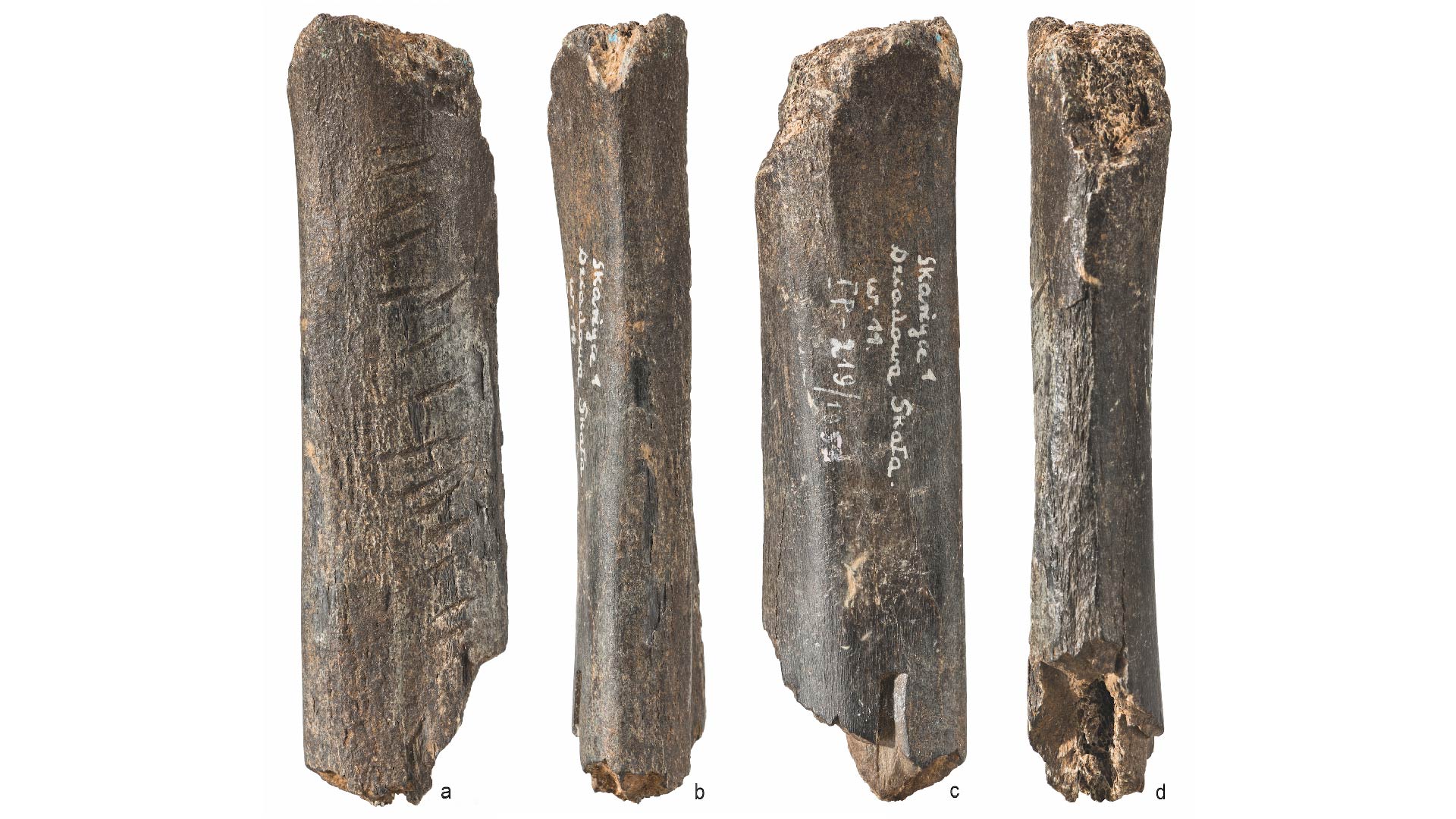Catalysts, Vol. 14, Pages 295: Palladium Complexes Derived from Waste as Catalysts for C-H Functionalisation and C-N Bond Formation
Catalysts doi: 10.3390/catal14050295
Authors: Khairil A. Jantan Gregor Ekart Sean McCarthy Andrew J. P. White D. Christopher Braddock Angela Serpe James D. E. T. Wilton-Ely
Three-way catalysts (TWCs) are widely used in vehicles to convert the exhaust emissions from internal combustion engines into less toxic pollutants. After around 8–10 years of use, the declining catalytic activity of TWCs causes them to need replacing, leading to the generation of substantial amounts of spent TWC material containing precious metals, including palladium. It has previously been reported that [NnBu4]2[Pd2I6] is obtained in high yield and purity from model TWC material using a simple, inexpensive and mild reaction based on tetrabutylammonium iodide in the presence of iodine. In this contribution, it is shown that, through a simple ligand exchange reaction, this dimeric recovery complex can be converted into PdI2(dppf) (dppf = 1,1′-bis(diphenylphosphino)ferrocene), which is a direct analogue of a commonly used catalyst, PdCl2(dppf). [NnBu4]2[Pd2I6] displayed high catalytic activity in the oxidative functionalisation of benzo[h]quinoline to 10-alkoxybenzo[h]quinoline and 8-methylquinoline to 8-(methoxymethyl)quinoline in the presence of an oxidant, PhI(OAc)2. Near-quantitative conversions to the desired product were obtained using a catalyst recovered from waste under milder conditions (50 °C, 1–2 mol% Pd loading) and shorter reaction times (2 h) than those typically used in the literature. The [NnBu4]2[Pd2I6] catalyst could also be recovered and re-used multiple times after the reaction, providing additional sustainability benefits. Both [NnBu4]2[Pd2I6] and PdI2(dppf) were also found to be active in Buchwald–Hartwig amination reactions, and their performance was optimised through a Design of Experiments (DoE) study. The optimised conditions for this waste-derived palladium catalyst (1–2 mol% Pd loading, 3–6 mol% of dppf) in a bioderived solvent, cyclopentyl methyl ether (CPME), offer a more sustainable approach to C-N bond formation than comparable amination protocols.

 2 weeks ago
43
2 weeks ago
43


